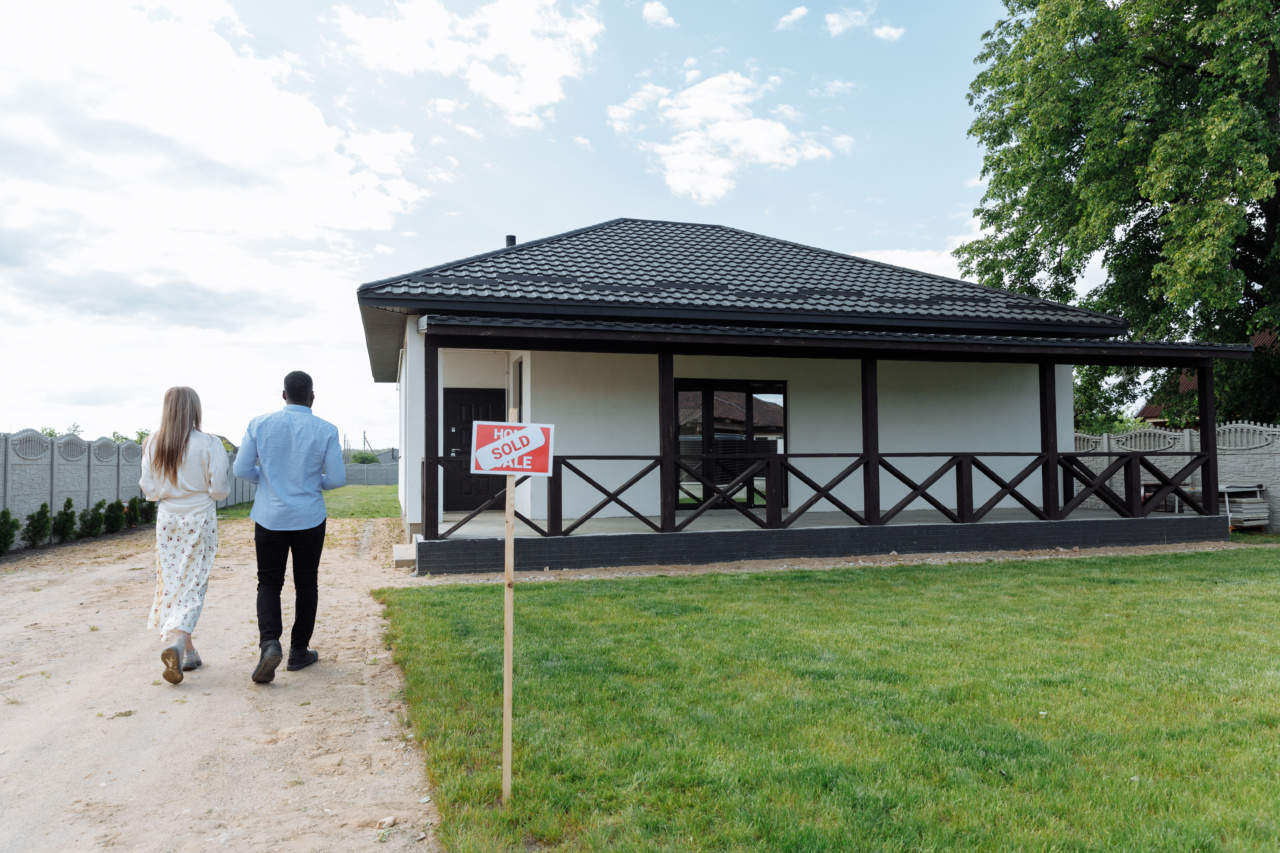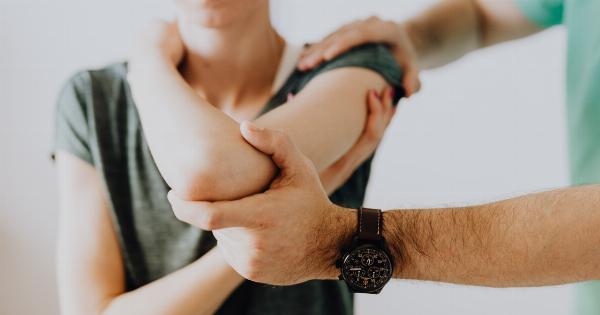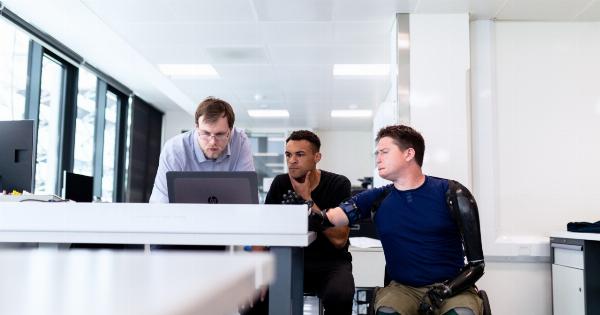Walking is a basic human movement that we often take for granted. However, the development of advanced technologies has revolutionized the way we walk and has opened up new possibilities for experiencing the world on foot.
From advanced prosthetics to exoskeletons, here are ten cutting-edge technologies that are taking walking to a whole new level.
1. Prosthetic Limbs
Prosthetic limbs have come a long way in recent years, thanks to advancements in materials, design, and technology. These advanced devices can now provide amputees with a more natural and dynamic walking experience.
For instance, some prosthetic limbs incorporate microprocessors and sensors that mimic the movement and function of real limbs, allowing wearers to walk with greater ease and efficiency.
2. Robotic Exoskeletons
Exoskeletons are wearable robotic devices that can assist individuals with mobility impairments in walking.
These cutting-edge devices utilize advanced technologies such as motors, sensors, and artificial intelligence to support natural movement and enhance strength. Robotic exoskeletons can greatly benefit people with spinal cord injuries or muscle weakness, providing them with the ability to walk independently.
3. Gait Analysis Systems
Gait analysis systems use motion capture technology to measure and analyze the way people walk. These systems utilize sensors and cameras to collect data on various aspects of gait, including stride length, foot strike pattern, and body alignment.
By analyzing this data, healthcare professionals can identify abnormalities and develop personalized interventions to improve walking efficiency and reduce the risk of injuries.
4. Virtual Reality Training
Virtual reality (VR) is not only transforming the gaming industry but also revolutionizing the way we rehabilitate and train for walking. VR technologies enable individuals to engage in immersive simulated environments that mimic real-world scenarios.
In the context of walking, VR training can help individuals regain their walking abilities by providing a safe and controlled environment to practice and relearn walking movements.
5. Autonomous Robotic Guides
Autonomous robotic guides are advanced robots designed to assist visually impaired individuals in navigating their surroundings.
Equipped with sophisticated sensors and mapping systems, these robots can guide users by detecting obstacles, identifying routes, and providing voice prompts. Autonomous robotic guides enable visually impaired individuals to walk more confidently and independently, enhancing their overall mobility and quality of life.
6. Energy-Harvesting Shoes
Energy-harvesting shoes are a novel technology that transforms the energy generated by walking into usable electrical power. These shoes incorporate mechanisms that capture the mechanical energy produced during walking and convert it into electricity.
This generated power can then be stored and used to power wearable devices, such as smartphones or medical sensors, providing a sustainable and convenient energy source for various walking-related activities.
7. Wearable Smart Devices
Wearable smart devices, such as fitness trackers and smartwatches, have become increasingly popular in recent years. These devices offer users valuable insights into their walking habits, including step count, distance walked, and calories burned.
By monitoring and analyzing this data, individuals can track their progress, set goals, and make informed decisions to improve their walking routines and overall fitness.
8. Augmented Reality Navigation
Augmented reality (AR) technology combines virtual elements with the real world, creating an enhanced perception of the environment. AR navigation systems provide walkers with real-time visual information and guidance through overlaid virtual displays.
By superimposing route directions, points of interest, and other contextual information onto the user’s field of view, augmented reality navigation simplifies walking in unfamiliar places and helps users stay on course.
9. Kinetic Energy Recovery Systems
Kinetic energy recovery systems (KERS) are advanced technologies commonly used in sports and rehabilitation settings. These systems capture the energy dissipated during the braking phase of walking or running and store it for later use.
By recycling this energy, KERS devices provide wearers with an extra boost during the propulsive phase, enabling more efficient and powerful walking or running.
10. Biofeedback Training
Biofeedback training involves using sensors to monitor physiological signals and provide real-time feedback to users. In the context of walking, biofeedback systems can enhance gait mechanics and promote optimal walking patterns.
For example, sensors attached to the body can provide visual or auditory cues when users deviate from proper alignment or exhibit inefficient walking mechanics, helping them make corrective adjustments and optimize their walking technique.































